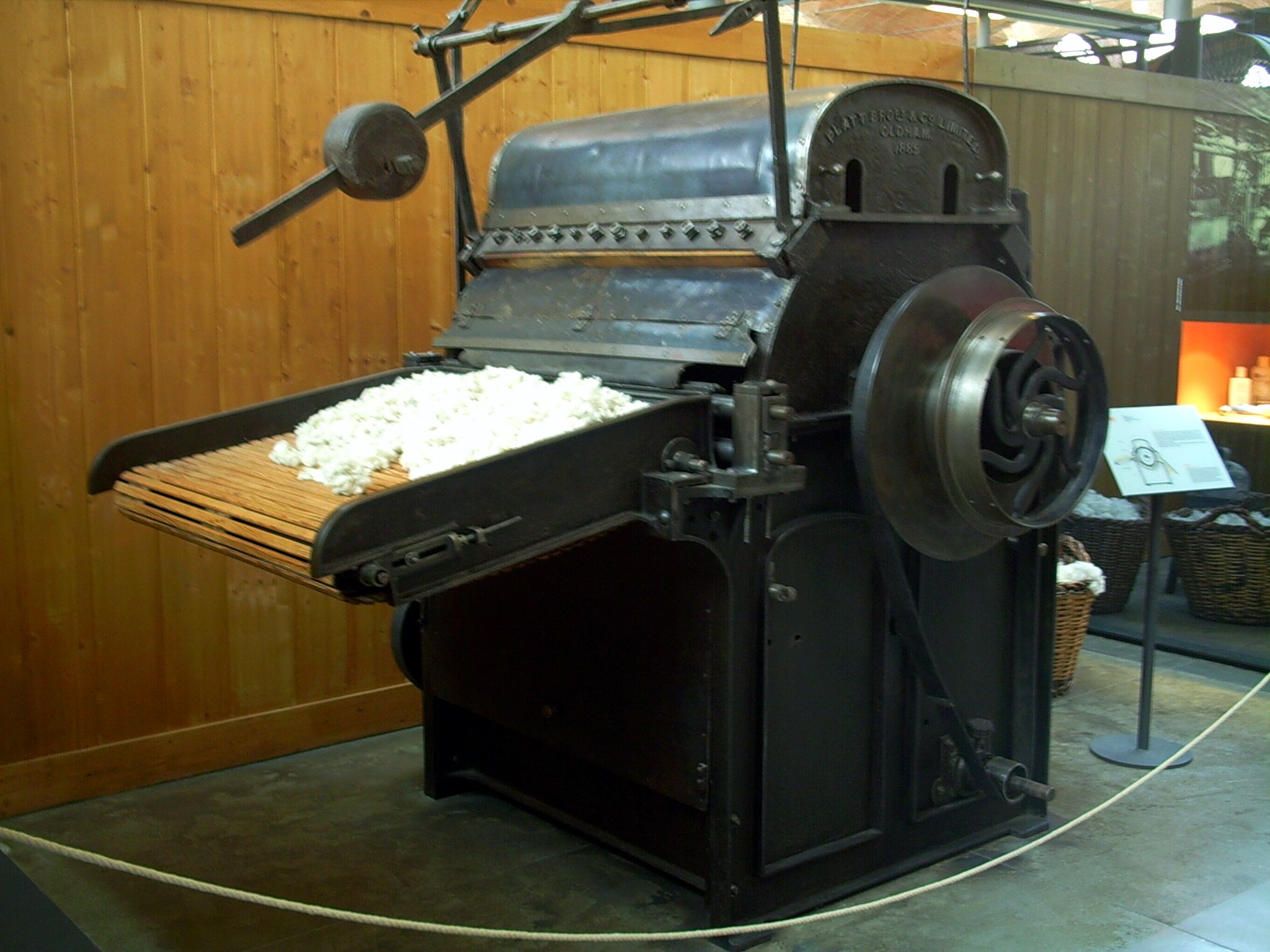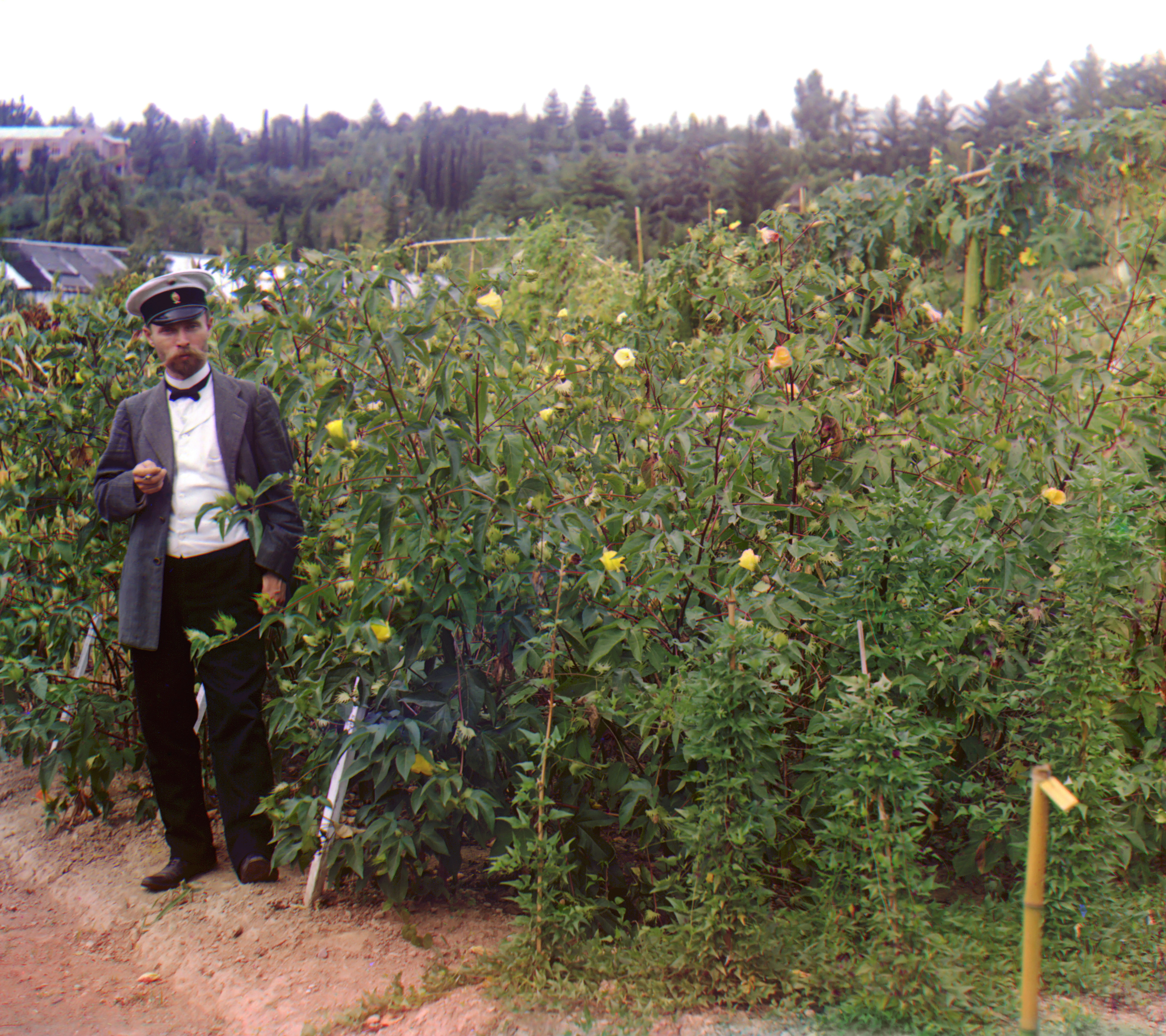|
Eriophorum Angustifolium
''Eriophorum angustifolium'', commonly known as common cottongrass or common cottonsedge, is a species of flowering plant in the sedge family, Cyperaceae. Native to North America, North Asia, and Europe, it grows on peat or acidic soils, in open wetland, heath or moorland. It begins to flower in April or May and, after fertilisation in early summer, the small, unremarkable brown and green flowers develop distinctive white bristle-like seed-heads that resemble tufts of cotton; combined with its ecological suitability to bog, these characteristics give rise to the plant's alternative name, bog cotton. ''Eriophorum angustifolium'' is a hardy, herbaceous, rhizomatous, perennial sedge, able to endure in a variety of environments in the temperate, subarctic and arctic regions of Earth. Unlike '' Gossypium'', the genus from which cotton is derived, the bristles which grow on ''E. angustifolium'' are unsuited to textile manufacturing. Nevertheless, in Northern Europe, they w ... [...More Info...] [...Related Items...] OR: [Wikipedia] [Google] [Baidu] |
Gerhard August Honckeny
Gerhard August Honckeny (also spelt Honkeny) (1724–1805) was a German people, German botanist, and an ' near Prenzlau. He is best known for his ''Synopsis Plantarum Germaniæ'', and is referred to by the List of botanists by author abbreviation, standard abbreviation Honck. in botanical works. He is commemorated in the genus name ''Honckenya''. References 1724 births 1805 deaths 18th-century German botanists People from Prenzlau Botanists with author abbreviations {{Germany-botanist-stub ... [...More Info...] [...Related Items...] OR: [Wikipedia] [Google] [Baidu] |
Hardiness (plants)
Hardiness of plants describes their ability to survive adverse growing conditions. It is usually limited to discussions of climatic adversity. Thus a plant's ability to tolerate cold, heat, drought, flooding, or wind are typically considered measurements of hardiness. Hardiness of plants is defined by their native extent's geographic location: longitude, latitude and elevation. These attributes are often simplified to a hardiness zone. In temperate latitudes, the term most often describes resistance to cold, or "cold-hardiness", and is generally measured by the lowest temperature a plant can withstand. Hardiness of a plant may be divided into two categories: tender, and hardy. Tender plants are those killed by freezing temperatures, while hardy plants survive freezing—at least down to certain temperatures, depending on the plant. "Half-hardy" is a term used sometimes in horticulture to describe bedding plants which are sown in heat in winter or early spring, and planted outsi ... [...More Info...] [...Related Items...] OR: [Wikipedia] [Google] [Baidu] |
Peduncle (botany)
In botany, a peduncle is a stalk supporting an inflorescence or a solitary flower, or, after fecundation, an infructescence or a solitary fruit. The peduncle sometimes has bracts (a type of cataphyll) at nodes. The main axis of an inflorescence above the peduncle is the rachis, which hosts flowers (as opposed to directly on the peduncle). When a peduncle arises from the ground level, either from a compressed aerial stem or from a subterranean stem (rhizome, tuber, bulb, corm), with few or no bracts except the part near the rachis or receptacle, it is referred to as a scape. The acorns of the pedunculate oak are borne on a long peduncle, hence the name of the tree. See also *Pedicel (botany) *Scape (botany) In botany, a scape is a peduncle arising from a subterranean or very compressed stem, with the lower internodes very long and hence few or no bracts except the part near the rachis or receptacle. Typically it takes the form of a long, leafl ... Referen ... [...More Info...] [...Related Items...] OR: [Wikipedia] [Google] [Baidu] |
Jermy
Jermy is a surname. Notable people with the surname include: * (1932–2014), British botanist *Isaac Jermy, two Stanfield Hall murder victims by this name * Louise Jermy (1877–1952), British domestic servant and autobiographer *Robert Jermy, one of the owners of Bayfield Hall, a historical country house in Norfolk, England * John Jermy (1496- *Seth Jermy (1653–1724), Royal Navy officer *Terry Jermy (born 1985), British politician who has been the Member of Parliament (MP) for the South West Norfolk constituency since 2024 Several people also have a middle name Jermy: * Arthur Jermy Mounteney Jephson (1859–1908), English explorer * Richard John Philip Jermy Gwyn (1934–2020), Canadian writer See also * Jermy baronets, a title in the Baronetage of England *Jeremy (given name) Jeremy ( ) is an Anglo-Saxons, Anglo-Saxon English language, English-language masculine name, deriving from various translations and interpretations as the Anglicisation, anglicized and di ... [...More Info...] [...Related Items...] OR: [Wikipedia] [Google] [Baidu] |
Triangular Prism
In geometry, a triangular prism or trigonal prism is a Prism (geometry), prism with 2 triangular bases. If the edges pair with each triangle's vertex and if they are perpendicular to the base, it is a ''right triangular prism''. A right triangular prism may be both Semiregular polyhedron, semiregular and Uniform polyhedron, uniform. The triangular prism can be used in constructing another polyhedron. Examples are some of the Johnson solids, the truncated right triangular prism, and Schönhardt polyhedron. Properties A triangular prism has 6 vertices, 9 edges, and 5 faces. Every prism has 2 congruent faces known as its ''bases'', and the bases of a triangular prism are triangles. The triangle has 3 vertices, each of which pairs with another triangle's vertex, making up another 3 edges. These edges form 3 parallelograms as other faces. If the prism's edges are perpendicular to the base, the lateral faces are rectangles, and the prism is called a ''right triangular prism''. This ... [...More Info...] [...Related Items...] OR: [Wikipedia] [Google] [Baidu] |
Translucent
In the field of optics, transparency (also called pellucidity or diaphaneity) is the physical property of allowing light to pass through the material without appreciable light scattering by particles, scattering of light. On a macroscopic scale (one in which the dimensions are much larger than the wavelengths of the photons in question), the photons can be said to follow Snell's law. Translucency (also called translucence or translucidity) is the physical property of allowing light to pass through the material (with or without scattering of light). It allows light to pass through but the light does not necessarily follow Snell's law on the macroscopic scale; the photons may be scattered at either of the two interfaces, or internally, where there is a change in the index of refraction. In other words, a translucent material is made up of components with different indices of refraction. A transparent material is made up of components with a uniform index of refraction. Transparent m ... [...More Info...] [...Related Items...] OR: [Wikipedia] [Google] [Baidu] |
County Flowers Of The United Kingdom
In 2002 Plantlife conducted a "County Flowers" public survey to assign flowers to each of the counties of the United Kingdom and the Isle of Man The Isle of Man ( , also ), or Mann ( ), is a self-governing British Crown Dependency in the Irish Sea, between Great Britain and Ireland. As head of state, Charles III holds the title Lord of Mann and is represented by a Lieutenant Govern .... The results of this campaign designated a single plant species to a "county or metropolitan area" in the UK and Isle of Man. Some English counties already had flowers traditionally associated with them before 2002, and which were different from those assigned to them by Plantlife, including the white rose for Yorkshire (assigned the harebell), the poppy for Norfolk (assigned the Alexanders), and the cowslip for Essex (assigned the poppy). Some flowers were assigned to multiple counties. England Isle of Man Northern Ireland Scotland Wales Notes References {{Reflist Bibliogr ... [...More Info...] [...Related Items...] OR: [Wikipedia] [Google] [Baidu] |
Greater Manchester
Greater Manchester is a ceremonial county in North West England. It borders Lancashire to the north, Derbyshire and West Yorkshire to the east, Cheshire to the south, and Merseyside to the west. Its largest settlement is the city of Manchester. The county has an area of and is highly urbanised, with a population of 2.9 million. The majority of the county's settlements are part of the Greater Manchester Built-up Area, which extends into Cheshire and Merseyside and is the List of urban areas in the United Kingdom, second most populous urban area in the UK. The city of Manchester is the largest settlement. Other large settlements are Altrincham, Bolton, Rochdale, Sale, Greater Manchester, Sale, Salford, Stockport and Wigan. Greater Manchester contains ten metropolitan boroughs: Manchester, City of Salford, Salford, Metropolitan Borough of Bolton, Bolton, Metropolitan Borough of Bury, Bury, Metropolitan Borough of Oldham, Oldham, Metropolitan Borough of Rochdale, Rochdale, Metropol ... [...More Info...] [...Related Items...] OR: [Wikipedia] [Google] [Baidu] |
Plantlife
Plantlife is a wild plant conservation charity. , it manages 24 nature reserves around the United Kingdom. HM King Charles III is patron of the charity. History Plantlife was founded in 1989. Its first president was Professor David Bellamy. Peter James was also a founder member and early vice-president. Its president is Philip Mould OBE and its chairman is Professor David Hill CBE. English gardener and television presenter Rachel De Thame is their vice-president. The chief executive is Ian Dunn, who took over from Marian Spain in 2020. Function Plantlife's principal activities in Britain include the management of of rare and important plant habitats as nature reserves, lobbying and campaigning in support of wild plant conservation, and organising surveys aimed at generating public interest in wild plants. Plantlife helps run an annual National Plant Monitoring Survey, and a rare species conservation programme, "Back from the Brink". It was a lead partner of HRH the Pr ... [...More Info...] [...Related Items...] OR: [Wikipedia] [Google] [Baidu] |
Indigenous Peoples Of North America
In the Americas, Indigenous peoples comprise the two continents' pre-Columbian inhabitants, as well as the ethnic groups that identify with them in the 15th century, as well as the ethnic groups that identify with the pre-Columbian population of the Americas as such. These populations exhibit significant diversity; some Indigenous peoples were historically hunter-gatherers, while others practiced agriculture and aquaculture. Various Indigenous societies developed complex social structures, including pre-contact monumental architecture, organized cities, city-states, chiefdoms, states, kingdoms, republics, confederacies, and empires. These societies possessed varying levels of knowledge in fields such as engineering, architecture, mathematics, astronomy, writing, physics, medicine, agriculture, irrigation, geology, mining, metallurgy, art, sculpture, and goldsmithing. Indigenous peoples continue to inhabit many regions of the Americas, with significant populations ... [...More Info...] [...Related Items...] OR: [Wikipedia] [Google] [Baidu] |
Textile Manufacturing
Textile manufacturing or textile engineering is a major industry. It is largely based on the conversion of fibre into yarn, then yarn into fabric. These are then dyed or printed, fabricated into cloth which is then converted into useful goods such as clothing, household items, upholstery and various industrial products. Different types of fibres are used to produce yarn. Cotton remains the most widely used and common natural fiber making up 90% of all-natural fibers used in the textile industry. People often use cotton clothing and accessories because of comfort, not limited to different weathers. There are many variable processes available at the spinning and fabric-forming stages coupled with the complexities of the finishing and colouration processes to the production of a wide range of products. History Textile manufacturing in the modern era is an evolved form of the art and craft industries. Until the 18th and 19th centuries, the textile industry was a household work ... [...More Info...] [...Related Items...] OR: [Wikipedia] [Google] [Baidu] |
Gossypium
''Gossypium'' () is a genus of flowering plants in the tribe Gossypieae of the Malva, mallow family, Malvaceae, from which cotton is harvested. It is native to tropical and subtropical regions of the Old World, Old and New Worlds. There are about 50 ''Gossypium'' species, making it the largest genus in the tribe Gossypieae, and new species continue to be discovered. The name of the genus is derived from the Arabic word ''goz'', which refers to a soft substance. Cotton is the primary natural fibre used by humans today, amounting to about 80% of world natural fibre production. Where cotton is cultivated, it is a major oilseed crop and a main protein source for animal feed. Cotton is thus of great importance for agriculture, industry and trade, especially for tropical and subtropical countries in Africa, South America and Asia. Consequently, the genus ''Gossypium'' has long attracted the attention of scientists. The origin of the genus ''Gossypium'' is dated to around 5–10 ... [...More Info...] [...Related Items...] OR: [Wikipedia] [Google] [Baidu] |





